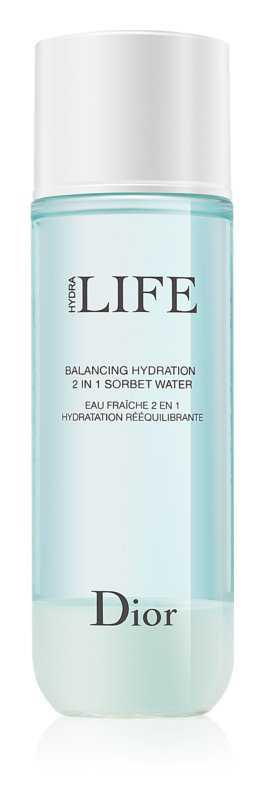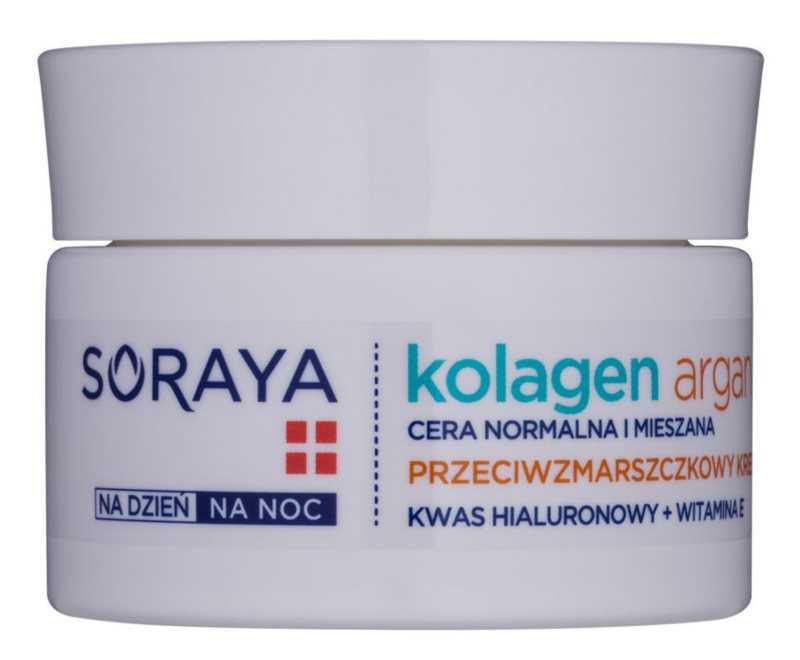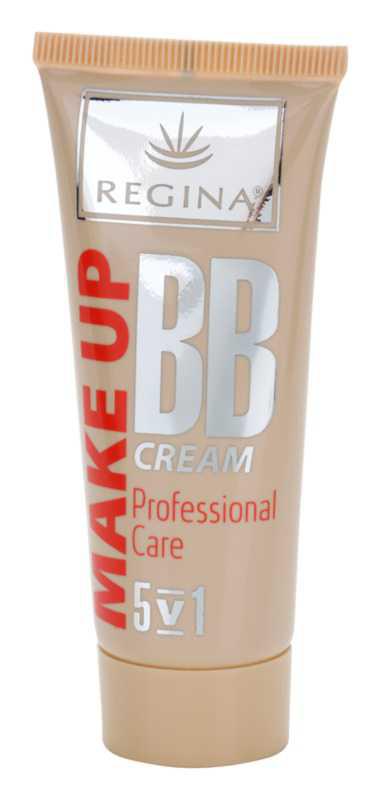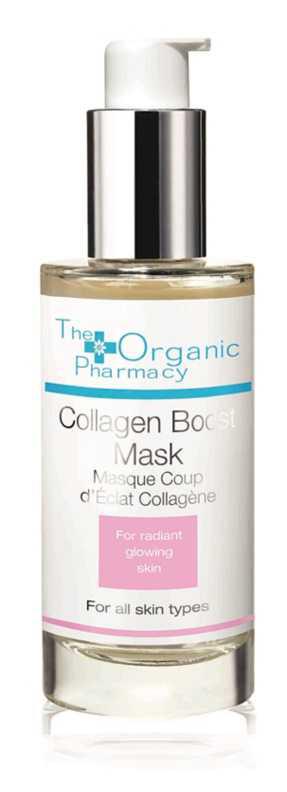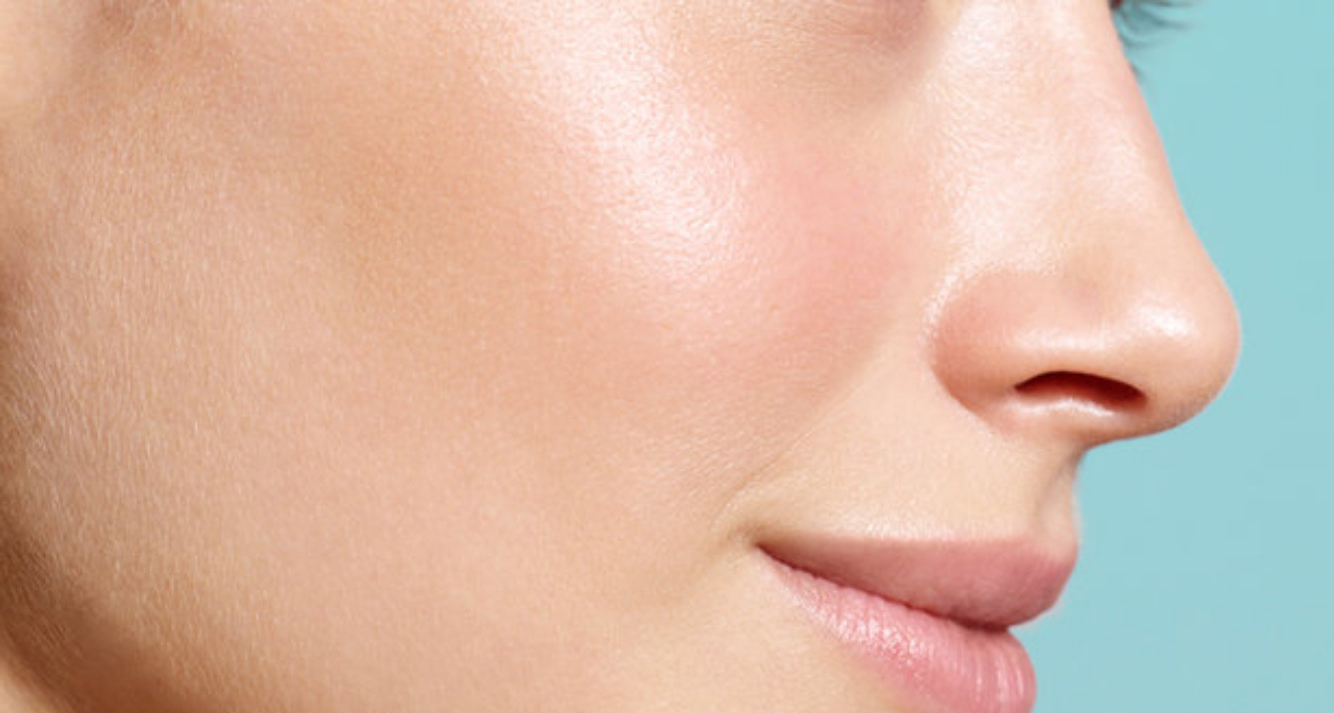
Sunscreen protects against the consequences of exposure to the sun. A cream with a filter supports the protection against premature wrinkles, sunburn, discoloration and even skin cancer. Before you decide to go on a beach vacation, choose the right sunscreen.
Table of Contents:
Sunscreen cream is, it seems, the basic cosmetic protecting against the sun. It turns out, however, that almost half of women admit that they do not use cosmetics that protect their skin against the sun. Among those who use them, a large part is unaware that they are doing it ineffectively, because they use inappropriate preparations or use them incorrectly. In addition, many people are convinced that the sunscreen should only be used in summer, during a holiday by the sea or in the mountains.
After all, solar radiation reaches the Earth all year round. In addition, some surfaces reflect them, which makes their effect even stronger. The strongest "mirror" is snow (it reflects 75-95% of UV rays), but also sand (25%) and water (up to 40%). Even grass reflects approx. 4%. radiation. Therefore, the skin requires protection and the use of sunscreen all year round, on vacation and in the city - especially in summer, when the sun shines the strongest. Which preparation should you choose then and how to use it to feel really safe?
Sunscreen cream: how does it work?
The packaging of sunscreen creams and lotions indicates which UV rays they protect against and to what extent. The abbreviation SPF indicates the sun protection capacity of the cream, and the number indicates the filter height. SPF, or "sun protection factor", means the ratio of the minimum dose of erythema on skin protected by a filter to the minimum dose of radiation causing erythema on unprotected skin. SPF determines how many times more energy must reach our skin to cause redness / burn that lasts overnight.
In our latitude, erythema on skin unprotected with sunscreen appears on average after 20 minutes.
On the other hand, protection against UVA radiation is indicated by the abbreviation PPD or IPD. PPD (Peristent Pigment Darkening) is a factor thanks to which we will find out how many times the dose of UVA radiation absorbed by the skin after its application will decrease, eg PPD 10 means that 10 times lower dose of UVA will get into the skin.
In turn, IPD (Immediate Pigmentation Darkening) is a factor that determines the effects of the immediate action of UVA rays on the skin, e.g. IPD 10 means 10% protection against UVA. However, it is less used than PPD. In the European Union, the UVA in a circle means that the UVB / UVA protection ratio is a maximum of 3. The less the better.
When looking for a suitable preparation for you, pay attention not only to the height, but also to the type of filters. Chemical and mineral protection is used in sunscreen cosmetics.
The action of the former (including Tinosorb, Mexoryl) is based on the absorption of UV rays, which are converted into harmless heat. On the other hand, mineral filters (e.g. titanium dioxide, zinc oxide) create an invisible barrier on the skin that reflects and diffuses rays.
Signs of special care
Overexposure to UV rays favors skin cancers, including basal cell carcinoma, squamous cell carcinoma and the most dangerous melanoma. People with numerous pigmented marks on the body are particularly at risk of it, because melanoma originates from melanocytes and most often develops within such marks (so-called moles). So you need to use cosmetics with a high factor all over the body (50). It is also worth going to a dermatologist before going on holiday to assess whether a birthmark should be prevented. It is a simple procedure performed under local anesthesia.
Sunscreen: how to prepare your skin for sunbathing?
Before you head out for a summer tan, you can prepare your skin for the sun by strengthening it from the inside out. Beta-carotene, a natural provitamin A, is the best known for such properties. It accumulates in the deepest layer of the epidermis and acts as a natural sunscreen, protecting the dermis against UV rays. At the same time, it intensifies the synthesis of melanin and gives the skin a nice light tan color, and also reduces the amount of destructive free radicals that are formed under the influence of the sun. It also protects collagen fibers and thus prevents the appearance of exposed wrinkles.
You must start the treatment early enough, at least 2-3 weeks before going on holiday, so that beta-carotene has time to accumulate in the epidermis cells. It is best to choose a preparation that also contains other vitamins and minerals that have a beneficial effect on the skin (including vitamin C, E, biotin, zinc).
Filter cream: which one to choose?
In order for the cosmetic to protect against UV rays, the filter height must be adjusted to the skin phototype. In our climate zone, four such phototypes are distinguished:
The method of application is just as important as the choice of a cosmetic. Apply the cream 20–30 minutes before going to the beach to let it stick to the skin. Don't feel sorry for it - you should use 15-20 ml of the cosmetic to lubricate the whole body. That means a really thick layer. Then repeat the application every 2-3 hours, because the cream rubs off when you lie on a blanket or a sun lounger, it was also washed away by sweat. Also, lubricate the body after each bath, even if you use a waterproof preparation. Don't forget to protect your lips - always have a lipstick with UV filters on hand.

